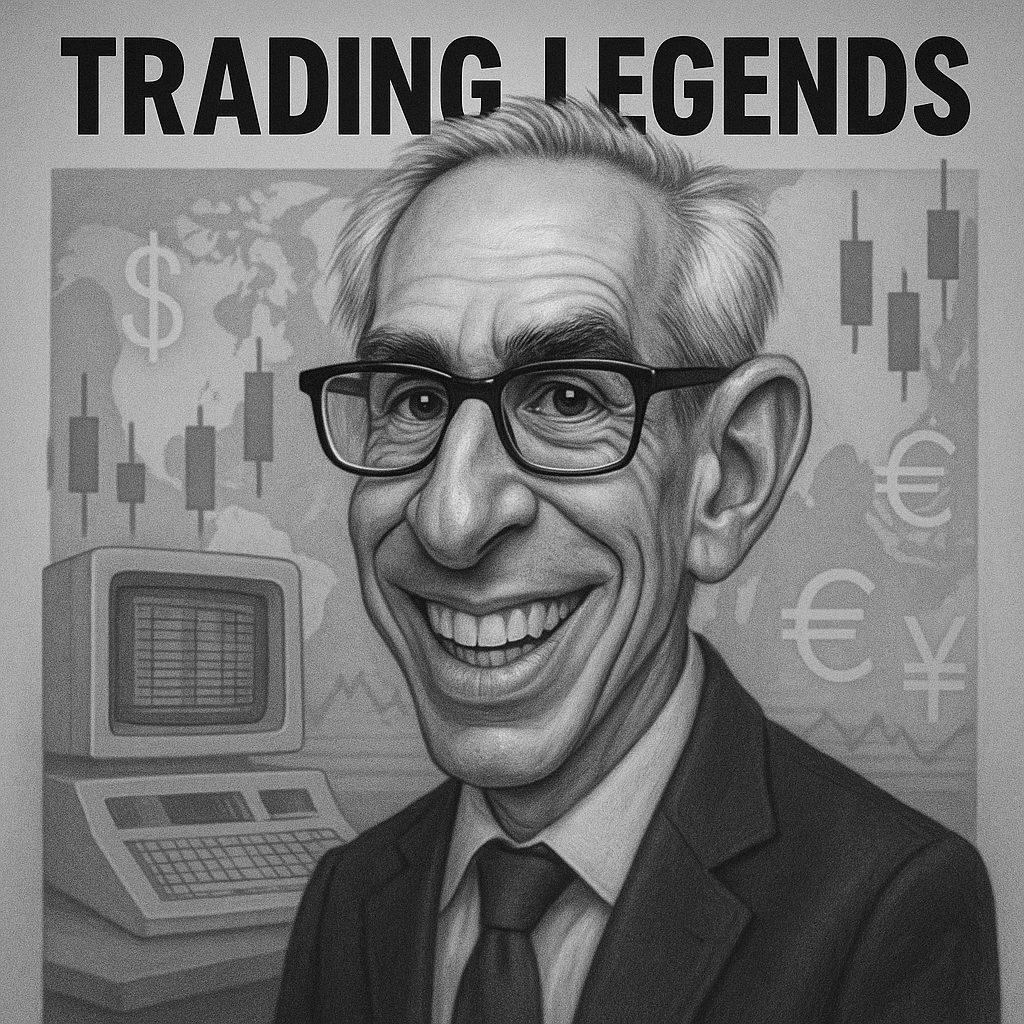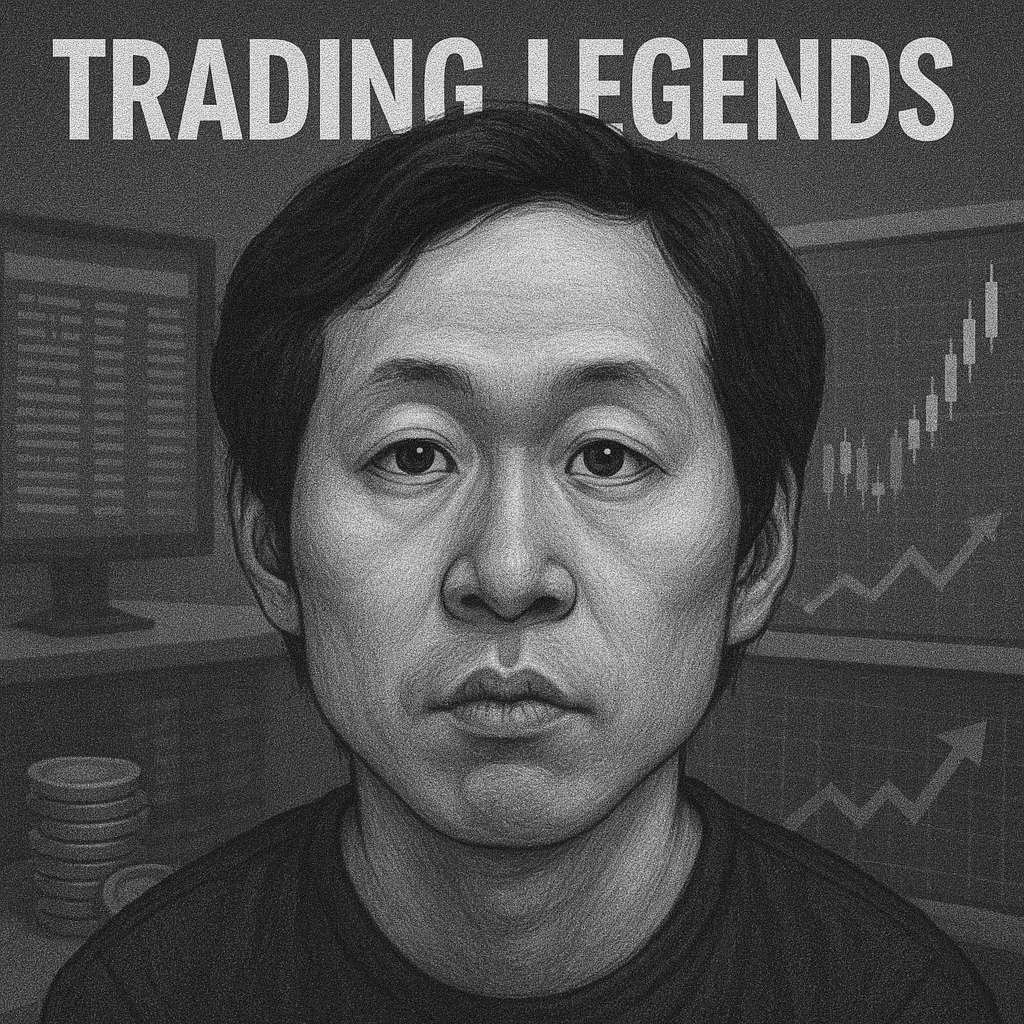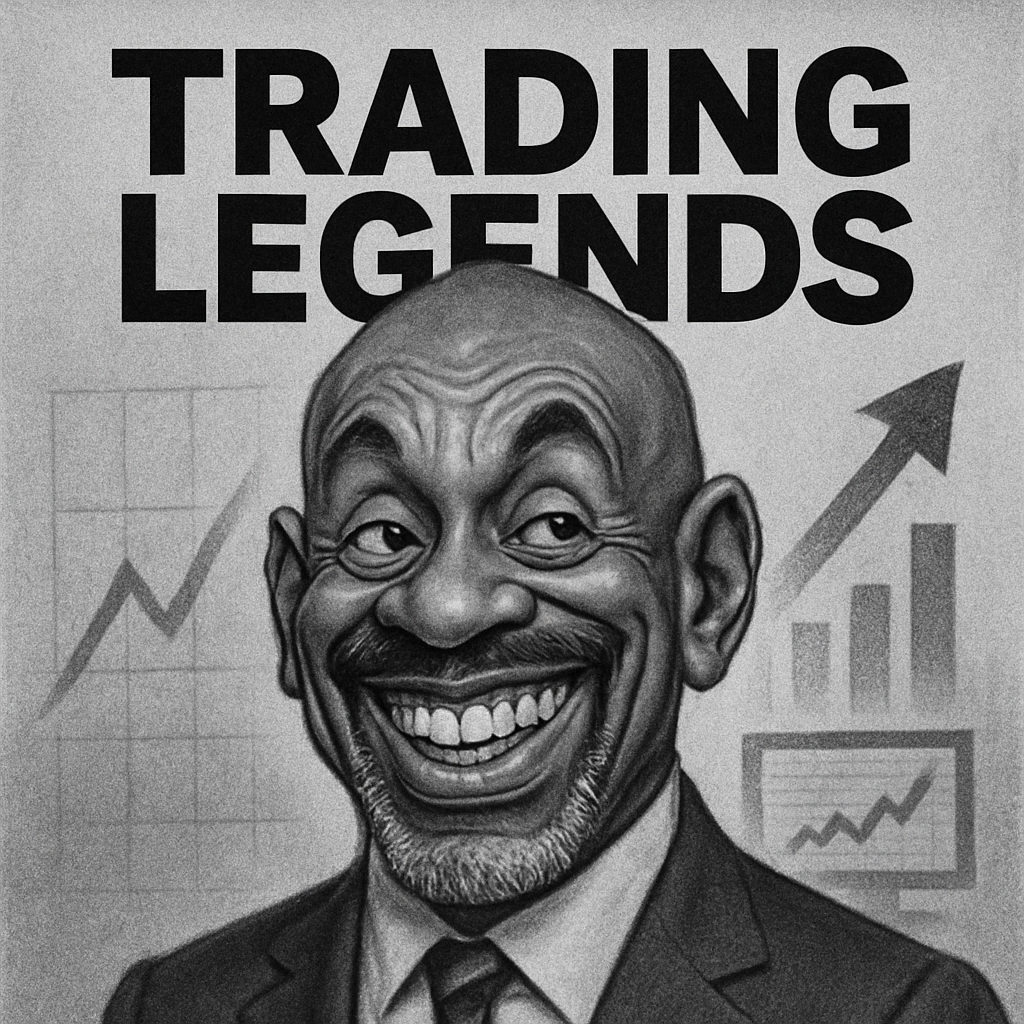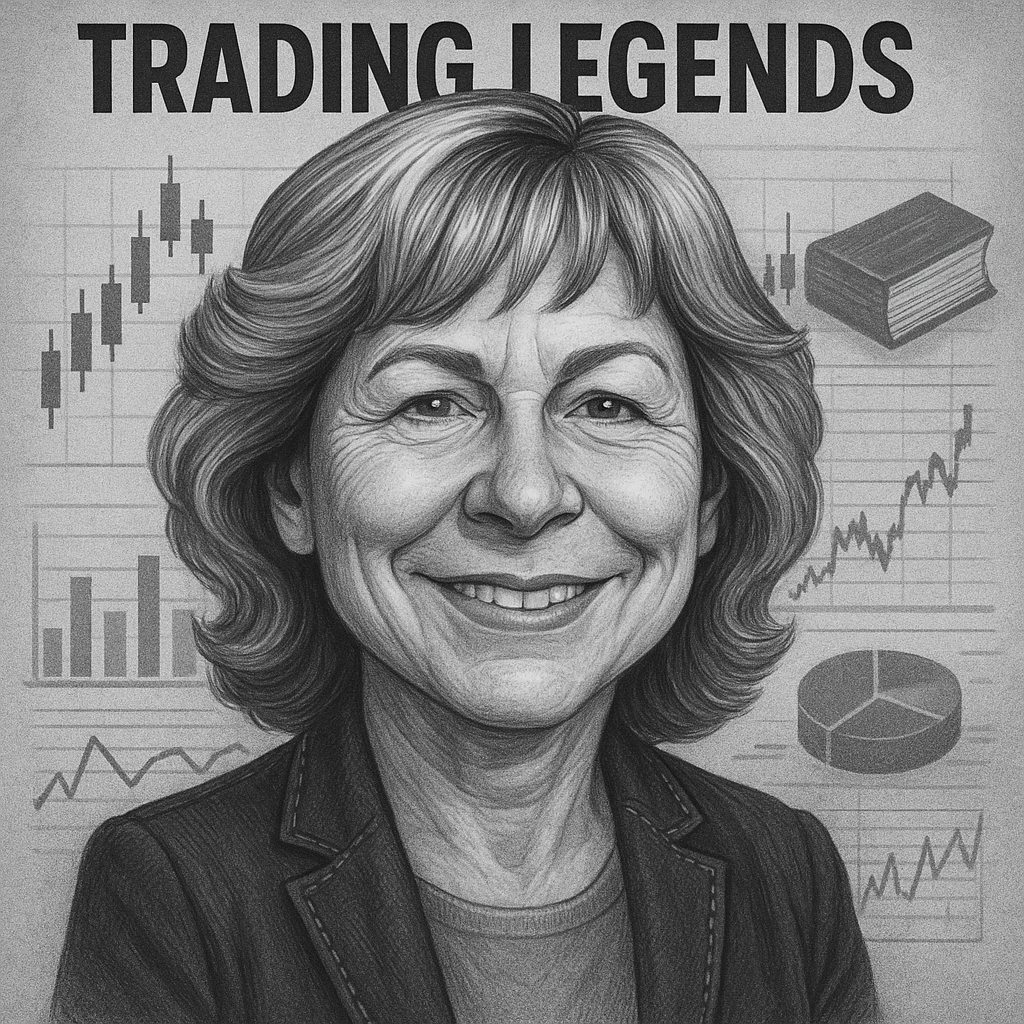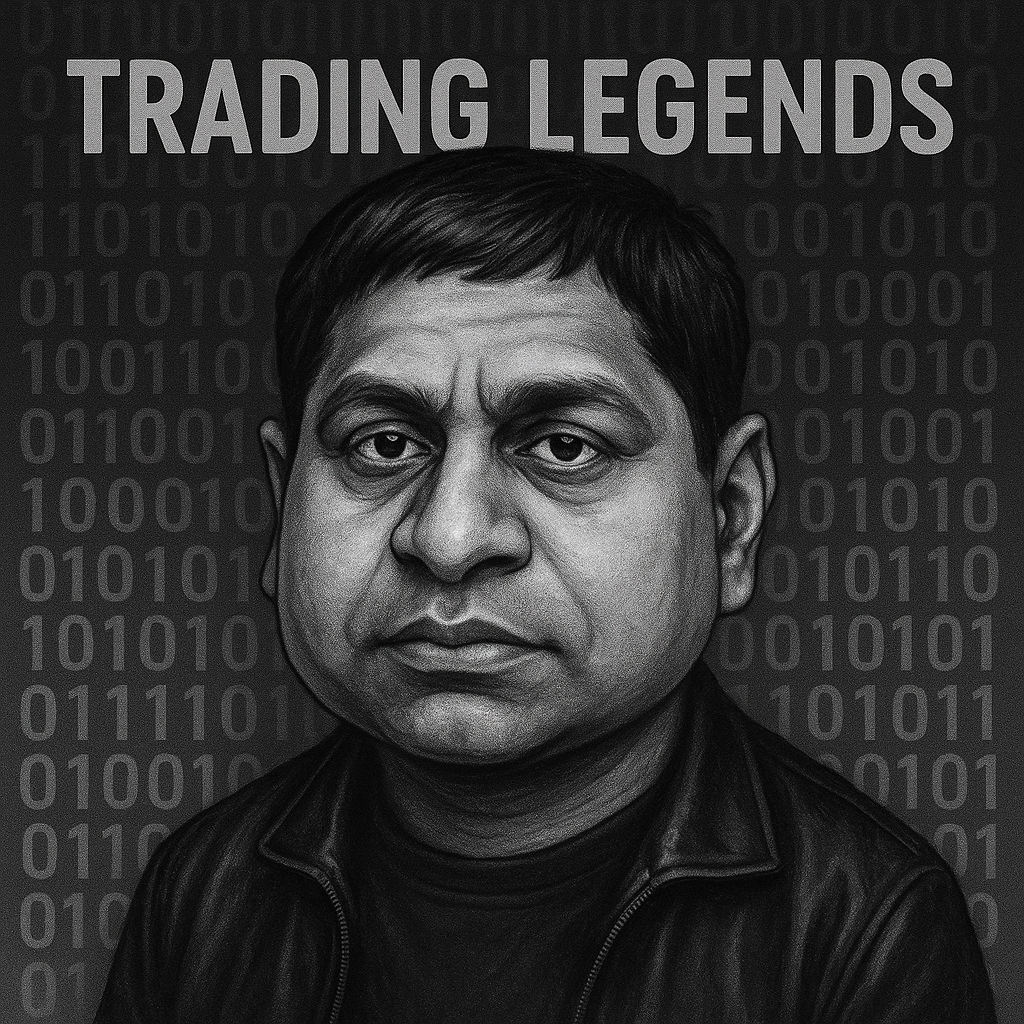Bill Lipschutz—the “Sultan of Currencies”—turned an architect’s eye for structure into a trader’s edge, building Salomon’s powerhouse FX desk before founding Hathersage. His playbook isn’t about heroic bets but obsessive process: watch the flow, size risk, protect capital, and adjust fast in a market that never sleeps.
The Sultan of Currencies: Inside Bill Lipschutz’s Playbook
The screens glowed in every room—living room, kitchen, even by the bed. Currency quotes flowed like a river that never slept. In the late 1980s, Bill Lipschutz would pad across his New York apartment at odd hours, eyes on the yen, mind on the Deutsche mark. It wasn’t theater; it was process. The FX market runs around the clock, and Lipschutz ran with it. Colleagues recall that he could roll over in the night, glance at a screen, and know instantly whether the market’s mood had changed. The setup was obsessive, but also efficient: a way to compress time, reduce uncertainty, and stay one step ahead in the world’s largest market.
That relentless attention turned him from a Cornell architecture graduate into Salomon Brothers’ principal proprietary currency trader, then its global head of FX. Later, he would build Hathersage Capital Management into a specialist currency shop with a long track record and industry recognition. To traders, he became the “Sultan of Currencies,” a title earned not by a single lucky bet, but by repeatable habits—watch the flow, size risk, protect capital, and keep your head when prices spin
Background and Early Life
Born in 1956 and raised in New York, Lipschutz did not set out to be a trader. He studied architectural design at Cornell University, earning a BFA, and later completed an MBA in finance at Cornell’s Johnson School. The shift from drafting tables to trading desks began modestly: as a graduate student he managed a small stock account, learning by doing. Those early experiments taught him that markets reward discipline as much as brilliance.
In 1982, Salomon Brothers created a foreign exchange department just as currency options and institutional FX trading were gaining speed. Lipschutz joined as one of the original members. By 1984 he was the principal trader for Salomon’s proprietary FX account, trading large positions in spot and options. In 1988 he became Director and Global Head of Foreign Exchange Options and New York FX Trading; in 1989 he was elevated to Managing Director and Global Head of FX, a remarkably fast rise in one of Wall Street’s hardest arenas. The foundation was not a single “eureka” moment, but a set of skills forged at Cornell—visual structure, comfort with complex systems—transposed to markets.
Those years coincided with the professionalization of currency options. Salomon was a dominant player at the Philadelphia Stock Exchange; by 1988, exchange-traded currency option volume had exploded, and Salomon’s desk—where Lipschutz played a central role—was a force.
Key Career Moments
Salomon and the rise of FX options (1982–1989). The early 1980s were fertile ground for innovation in currencies. Interest-rate cycles were extreme, global trade was expanding, and technology was making 24-hour trading feasible. Salomon’s new FX department seized the moment, especially in options. Lipschutz helped build a desk that managed not just direction, but volatility and time—Greeks before they were mainstream on Wall Street. By mid-decade, the firm was reputed to take heavy proprietary positions and, at times, to account for a significant share of PHLX currency options activity. In 1988–89, as he took on broader leadership, the job became as much about managing risk across books and time zones as about calling the next tick.
The lesson in losses that shaped a philosophy. Long before the titles, Lipschutz experienced the kind of loss that marks a trader. In his student days, he reputedly turned a small inheritance—famously cited as around $12,000—into several hundred thousand dollars, only to give it back in a swift drawdown. The episode was painful, but pivotal. It taught him that survival is the first edge and that conviction without sizing is just an opinion. He would later summarize the mindset this way: “Always understand the risk/reward of the trade as it now stands, not as it existed when you put the position on.” The message is clinical, not heroic: reassess constantly, and if the facts change, the position must change with them.
His Own Fund
Hathersage and the craft of specialization (1991–present). After leaving Salomon in 1990, Lipschutz co-founded Hathersage Capital Management in August 1991, focusing on absolute-return currency strategies across G10 markets. The firm’s early “Long Term Currency” program launched that month, and Hathersage has since run both long-term and daily strategies for institutions on platforms such as Deutsche Bank’s dbSelect and Citi Access, winning multiple performance awards over the years. The approach blends discretionary macro views with options expertise—an uncommon mix that aims to harness trends, fades, and volatility risk-premia while managing downside with position sizing and options structures.
Hathersage’s performance has been recognized repeatedly. In recent years, industry outlets have named the firm among top macro or FX managers, a nod to both process and persistence. Awards are not alpha, but they signal a durable operation—a team that institutional allocators trust to execute currency views and manage liquidity through cycles.
A voice inside The New Market Wizards.
Lipschutz’s interview in Jack Schwager’s classic became a touchstone for FX traders. Beyond the war stories, two ideas stand out. First, the job is part psychology. Confidence ebbs and flows with P&L. When you’re in a drawdown, he argues, you must cut size to restore clarity. Second, the job is constant observation. The anecdote of TV and quote screens in every room was not about drama; it was logistics—a way to shorten the feedback loop in a 24-hour market.
A former colleague put it simply: “Bill made the complex feel manageable. He’d break a trade into what mattered—drivers, risks, time horizon—and then size it so we could live to fight another day.” The line could have come from Schwager’s pages, but it also captures the trader’s engineer’s mind: design the structure, then test it in the real world.
Trading Philosophy
Lipschutz is a discretionary macro trader with an options toolkit. He studies policy, growth, inflation, and positioning to form a thesis in a currency pair, then designs trades that fit the thesis and the timeframe. But the center of gravity is risk control—knowing what can go wrong, what it might cost, and how quickly you will know. “Always understand the risk/reward of the trade as it now stands,” he says in The New Market Wizards. That is a real-time discipline, not a post-trade wish.
Three elements recur in his approach:
- Sizing and survivability. Positions are calibrated so the account can absorb adverse moves without impairing decision-making. In losing streaks, he reduces size to rebuild confidence and accuracy—an explicit nod to the psychology of trading.
- Market structure and sentiment. He cares how the street is positioned—are trades crowded, is volatility cheap or dear, where are the pain points? That can be as important as GDP forecasts or rate differentials. Years spent in options taught him to think in distributions, not point estimates.
- Process over prediction. Lipschutz’s edge is not clairvoyance; it is process fidelity: keep observing, keep updating, and be willing to reverse when the narrative breaks. The goal is to be approximately right and quickly adaptive, not perfectly right and late.
As he once put it to a young trader: “Being wrong is acceptable, but staying wrong is totally unacceptable.” The line is simple, but it is one of the cleanest summaries of risk management in any market.
Conclusion
Bill Lipschutz’s career maps a straight line through three decades of change in currencies: from exchange-listed options to today’s institutional platforms, from the Deutsche mark to the euro, from phone calls to screens everywhere. The constants are method and mindset. He built reputations at Salomon and Hathersage by combining macro judgment with options-driven risk control and by treating every position as a fresh cost-benefit problem.
For readers outside FX, the lesson travels well. Success is less about the heroic “big trade” and more about repeatable process: size properly, respect uncertainty, and adjust fast. In a market that never sleeps, those habits compound. They explain how an architecture student became one of Wall Street’s most durable currency traders—and why his playbook still reads like a blueprint for staying in the game.





